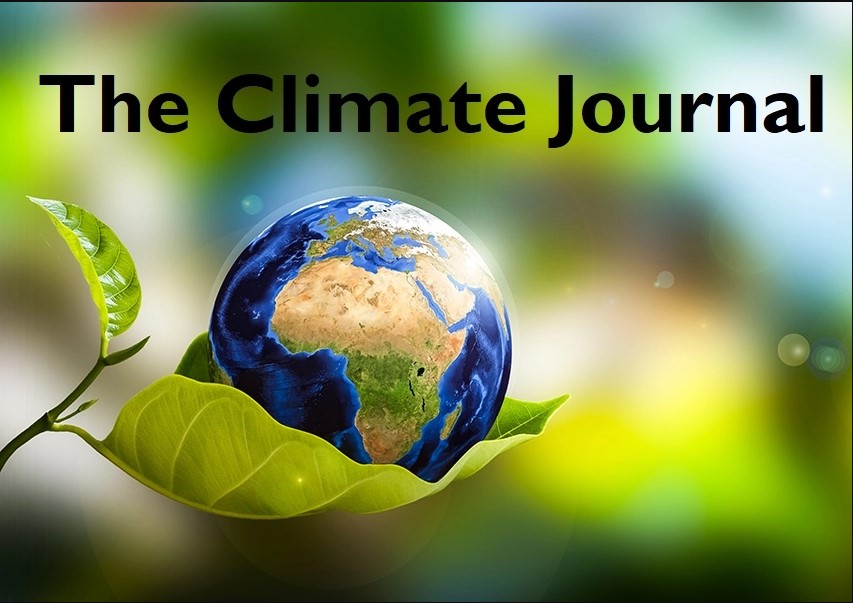Beyond 1.5 Degrees: What Exceeding the Critical Climate Threshold Means and How We Can Respond

"Urgent Actions Needed" signals important solutions are coming in the article.
The earth recently surpassed 1.5 degrees Celsius of global warming above pre-industrial levels, according to data from the UK Met Office. This is a critical threshold and milestone that climate scientists have long warned could bring catastrophic and irreversible impacts if crossed.
While this is certainly cause for concern, it does not mean all hope is lost. Vigorous action to cut greenhouse gas emissions can still limit warming to 1.5C overall. However, the window of opportunity is rapidly closing.
In this comprehensive article, we will break down what surpassing 1.5C means, the impacts we are already seeing, pathways that could still limit warming, and the urgent action needed now to avoid the worst climate change scenarios.
We aim to provide a clear, concise, and personal look at this complex issue. Our goal is to inform readers on the key takeaways and empower you to take action in your own life. Let's dive in.
The 1.5C Global Warming Milestone
The Paris Agreement in 2015 set a target of limiting global warming to 1.5 degrees Celsius compared to pre-industrial levels. This was based on scientific evidence showing that warming beyond 1.5C significantly worsens climate change risks.
Some key impacts expected at 1.5C include:
- More intense heatwaves, droughts, and flooding
- Accelerated sea level rise
- Increased species extinction
- Worsening food and water shortages
- Increased spread of diseases
- Destabilization of the Greenland and West Antarctic ice sheets
The Intergovernmental Panel on Climate Change (IPCC) warned in 2018 that limiting warming to 1.5C could avoid some of the worst predicted impacts of climate change.
However, the 1.5C target is not a hard and fast limit or "safe zone." Impacts are already being felt even at current warming levels of just over 1C above pre-industrial times.
Rather, 1.5C represents an important milestone. Surpassing it means we have exhausted the remaining global carbon budget for a good chance of limiting warming to that level.
Impacts Already Being Felt
Make no mistake - climate change is already happening and leading to widespread disruptions. Some examples:
- Sea level rise has increased from 1.4 millimeters per year pre-1900 to over 3 millimeters per year today due to melting glaciers and ocean expansion. Coastal flooding has increased over 90% in the last 50 years. Miami and other cities now regularly flood even on sunny days due to high "King tides."
- The frequency of extreme heat waves has increased steadily, with many more record hot days and fewer record cold days. The Northwest US and Canada saw an unprecedented heat dome in 2021 with temperatures over 115F that led to hundreds of deaths.
- Wildfires are seeing major increases in size, intensity, and duration across the western US. The 2020 fire season saw over 10 million acres burned.
- Droughts are becoming more frequent and severe in many regions like the US Southwest. Water shortages led to emergency measures in 2022 to cut water use along the parched Colorado River.
- The distribution of plants and animals is shifting rapidly towards cooler regions and higher elevations. Almost 50% of land mammals have experienced range contractions of over 30% due to warming.
The list goes on. These impacts will only accelerate as warming increases. We are already committed to significant additional changes from the greenhouse gases emitted so far.
Pathways to 1.5C Warming

Based on current national climate pledges and emission rates, the world is not yet on track to limit warming to 1.5C. The IPCC estimates we are heading for 2.1C to 3.5C of warming by 2100 if emissions continue increasing.
However, multiple scenarios still exist that could restrict warming to 1.5C or close to it through rapid emissions cuts. This requires global greenhouse gas emissions to drop by about 45% below 2010 levels by 2030 and reach net zero by 2050.
There are different combinations of action that could achieve this:
- Phasing out fossil fuels - coal, oil, and natural gas - as fast as possible and replacing them with clean energy sources like wind, solar, geothermal and advanced nuclear power.
- Dramatically increasing energy efficiency in buildings, transportation, and industry to cut energy demand.
- Ramping up carbon removal efforts through improved land stewardship for carbon sequestration and technologies like direct air capture.
- Curbing deforestation and restoring forests and other natural carbon sinks.
- Retrofitting buildings for net zero energy use.
- Switching to electric vehicles and more walking, biking, and mass transit to cut transportation emissions.
- Changing agricultural practices to store more carbon in soils and cut fertilizer emissions.
- Reducing material waste, food loss, and shifting diets to more plant-based foods.
- Transitioning industrial processes to low-carbon alternatives.
- Investing in carbon capture at large emitters like factories and power plants.
No single solution is enough. An "all hands on deck" approach with contribution from every sector and technology is required to transform energy, transportation, buildings, agriculture and more to achieve net zero emissions.
Urgent Action Still Needed

The crucial window to limit warming to 1.5C is rapidly closing but not yet shut. Urgent emissions reductions this decade are needed to get on track according to the IPCC.
Some key actions that could still make a major difference include:
- Phasing out coal - The single biggest step is transitioning quickly away from coal power towards renewable energy. This can avoid over 0.3C of projected warming.
- Protecting forests - Stopping deforestation and improving forest management provides a triple climate benefit by keeping carbon stored, sequestering more, and cooling local climates.
- Electrifying transport - Switching to EVs charged by clean electricity for light-duty vehicles could cut almost 2 gigatons of CO2 a year.
- Retrofitting buildings - Making existing buildings more energy efficient avoids the need to build new ones and cuts energy demand.
- Scaling carbon removal - Ramping up nascent carbon removal efforts by restoring ecosystems and scaling up technology solutions to sequester billions of tons of CO2.
- Choosing plant-rich diets - Shifting away from meat and dairy intensive diets towards more plant proteins could cut over 0.5C of warming.
- Curbing HFCs - Phasing out hydrofluorocarbons used in refrigeration by switching to climate-friendly alternatives.
- Pricing carbon - Implementing carbon pricing policies that make polluters pay for emissions supports the transition to clean technology.
Again, sustained effort on all fronts is required, from top-down government policies to grassroots individual action. The costs of inaction are simply too high. Bold climate action now can still make 1.5C achievable.
What Needs to Happen Now

The narrow path left to 1.5C demands immediate, accelerated action worldwide. Here are 5 key steps needed:
1. Set stronger NDCs - All countries must update emissions reduction pledges under the Paris Agreement to be in line with 1.5C. Current NDCs fall well short.
2. Commit to net zero - Nations responsible for most emissions must adopt science-based plans to achieve net zero emissions by or before 2050.
3. Rapidly phase out coal - The phaseout of unabated coal power over the next decade is absolutely vital to limiting warming.
4. Scale up support - Wealthy countries must fulfill pledges to provide $100 billion annually to help developing nations cut emissions.
5. Enact carbon pricing - More widespread use of carbon pricing mechanisms that make polluters pay for emissions drives change across the economy.
In addition, businesses, investors, cities, and individuals all have a role to play through their own emissions cutting and voices in demanding bolder climate action.
The path to 1.5C is narrow but still possible with unprecedented cooperation, ambition, and urgent emissions reductions worldwide this decade. Our collective future depends on rising to this challenge.
Key Takeaways
- Global warming recently surpassed 1.5C above pre-industrial levels, a key threshold for major climate change risks.
- Impacts like sea level rise, heatwaves, wildfires and droughts are already worsening worldwide.
- Limiting warming to 1.5C is still possible but demands much steeper emissions cuts globally in the 2020s.
- Phasing out coal, electrifying transport, protecting forests, and scaling carbon removal are critical actions needed now.
- All nations must strengthen climate pledges and commit to ambitious net zero targets to get on a 1.5C pathway.
- While the path is narrow, we still have an opportunity to limit the worst impacts of climate change through bold action starting today.




